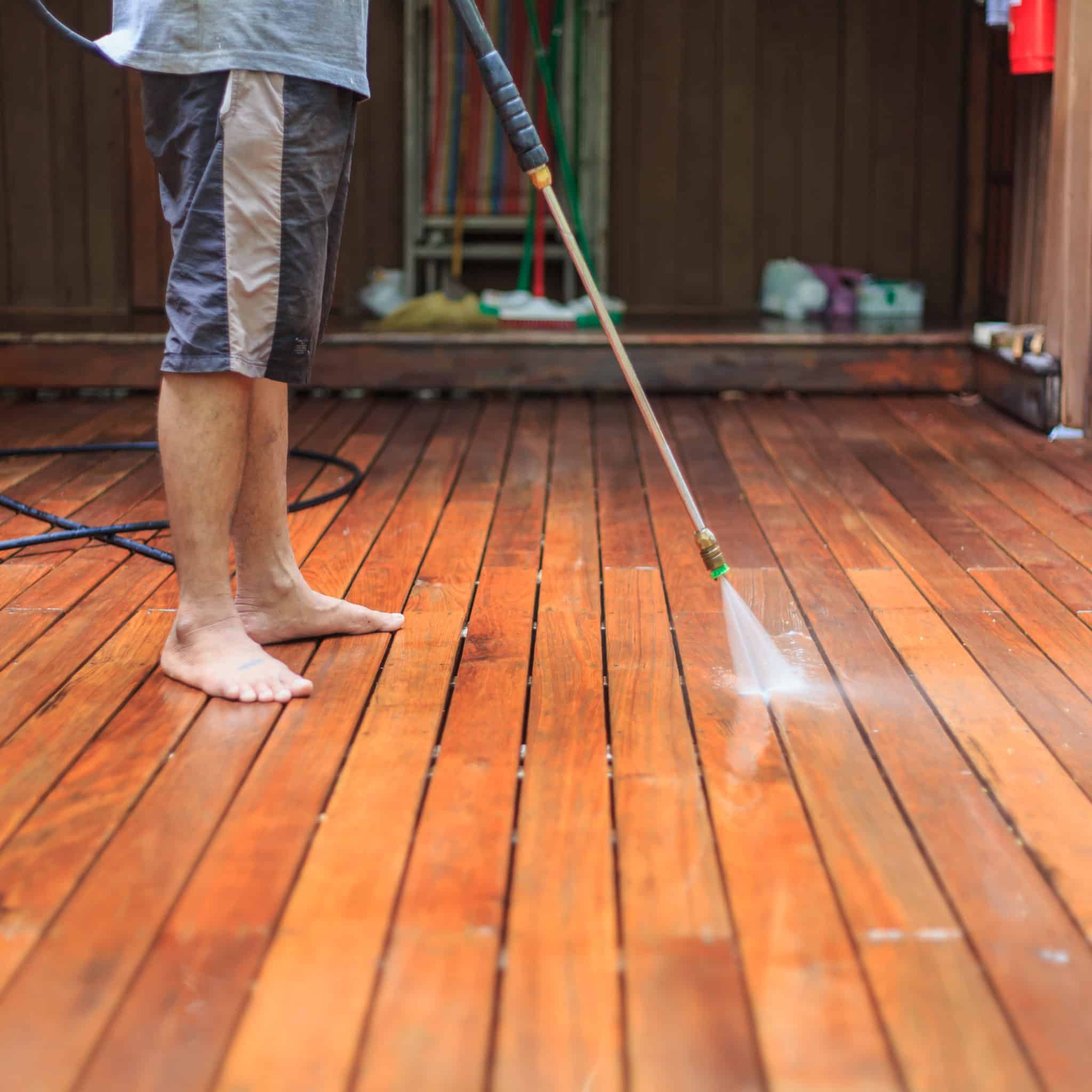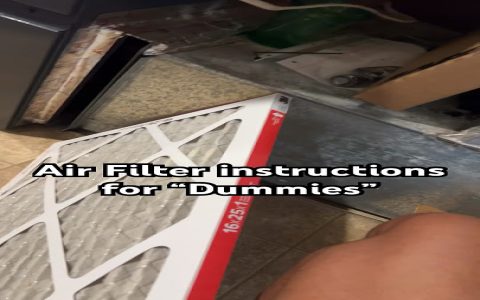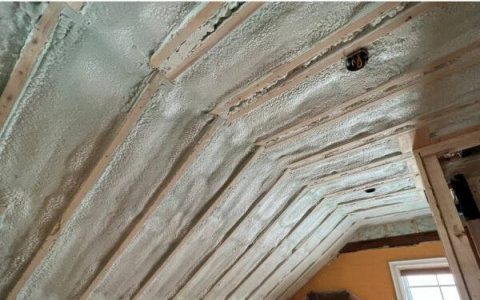Deck Preparation
Before washing, ensure your deck is ready for cleaning.
- Clear the Deck: Remove all furniture, planters, grills, and other items.
- Sweep Thoroughly: Use a stiff broom to remove loose dirt, leaves, and debris from the surface and between deck boards.
- Protect Surroundings: Cover nearby plants and sensitive surfaces with plastic sheeting to protect them from cleaning solutions. Lightly wetting plants can also help dilute any accidental spray.
DIY Deck Wash Solutions
Choose a cleaning solution appropriate for your deck's material and the type of dirt or stains present. Always test any solution on a small, inconspicuous area first to check for discoloration or adverse effects.
Solution 1: Vinegar and Water

This is a natural and budget-friendly option for tackling mildew, mould, and algae.
- Mix equal parts white distilled vinegar and water in a bucket. For tougher stains, you can increase the vinegar concentration slightly, but be cautious on certain wood types.
- Best for: Light cleaning, removing green or black mildew/algae stains, and general freshening.
Solution 2: Oxygen Bleach Cleaner
A less harsh alternative to chlorine bleach, oxygen bleach is effective for general cleaning and brightening wood. It works by releasing oxygen ions to break down dirt and organic stains.
- Mix powdered oxygen bleach with warm water according to the manufacturer's instructions (typically 1/2 to 1 cup per gallon of water). Stir until fully dissolved.
- Best for: General grime, brightening weathered wood, and killing mildew and algae. Generally safer for wood and surrounding plants than chlorine bleach when used as directed.
Solution 3: Mild Soap and Water
For light, fresh dirt and grime where disinfection isn't the primary goal.

- Mix a small amount of mild pH-neutral dish soap (e.g., a few tablespoons) into a gallon of warm water. Avoid detergents containing ammonia, bleach, or harsh degreasers.
- Best for: Routine light cleaning and removing surface dirt.
Application and Scrubbing Technique
Follow these steps for effective deck cleaning:
- Pre-Rinse: Lightly wet the deck surface with plain water from a garden hose. This helps the cleaning solution spread evenly and prevents it from absorbing too quickly or drying out prematurely.
- Apply Solution: Working in manageable sections (e.g., 10x10 feet), apply your chosen cleaning solution using a garden sprayer, a mop, or by pouring it carefully and spreading with a deck brush.
- Dwell Time: Let the solution sit on the surface for 10-20 minutes, or as per product instructions for commercial cleaners. It's crucial not to allow the solution to dry on the deck. If it starts to dry, lightly mist the area with water.
- Scrub: Use a stiff-bristled deck brush (synthetic bristles are generally recommended for wood). Scrub in the direction of the wood grain to effectively lift dirt and avoid damaging the wood fibers. Apply extra pressure to heavily soiled or stained areas.
- Rinse Thoroughly: Rinse the section completely with clean water from a garden hose. Start from the highest point of the section and work downwards, ensuring all cleaning solution residue and loosened grime are washed away. Overlap rinsed areas to prevent streaking.
Safety and Best Practices
- Protective Gear: Always wear safety goggles, waterproof gloves, and old clothing that covers your skin when working with any cleaning solution, even homemade ones.
- Pressure Washer Caution: If using a pressure washer, select a low-pressure setting (typically 500-800 PSI for softwoods like pine or cedar, and up to 1200 PSI for hardwoods). Use a wide fan tip (25 or 40 degrees). Keep the nozzle moving consistently and maintain a distance of at least 10-12 inches from the wood surface to prevent gouging or splintering. Always test on an inconspicuous spot first.
- Avoid Chlorine Bleach: Standard household chlorine bleach can be overly harsh on wood fibers, leading to damage and premature graying. It can also harm surrounding plants and corrode metal fasteners.
- Environmental Consideration: Be mindful of runoff, especially into storm drains or waterways. Oxygen bleach is generally considered more environmentally friendly than many harsh chemical cleaners. Rinse plants thoroughly if they come into contact with cleaning solutions.
- Work Methodically: Tackle the deck in small, manageable sections to ensure the cleaning solution doesn't dry out before you can scrub and rinse effectively.
- Read Product Labels: If using any commercial deck cleaner or oxygen bleach, always read and follow the manufacturer's instructions for mixing, application, and safety.









